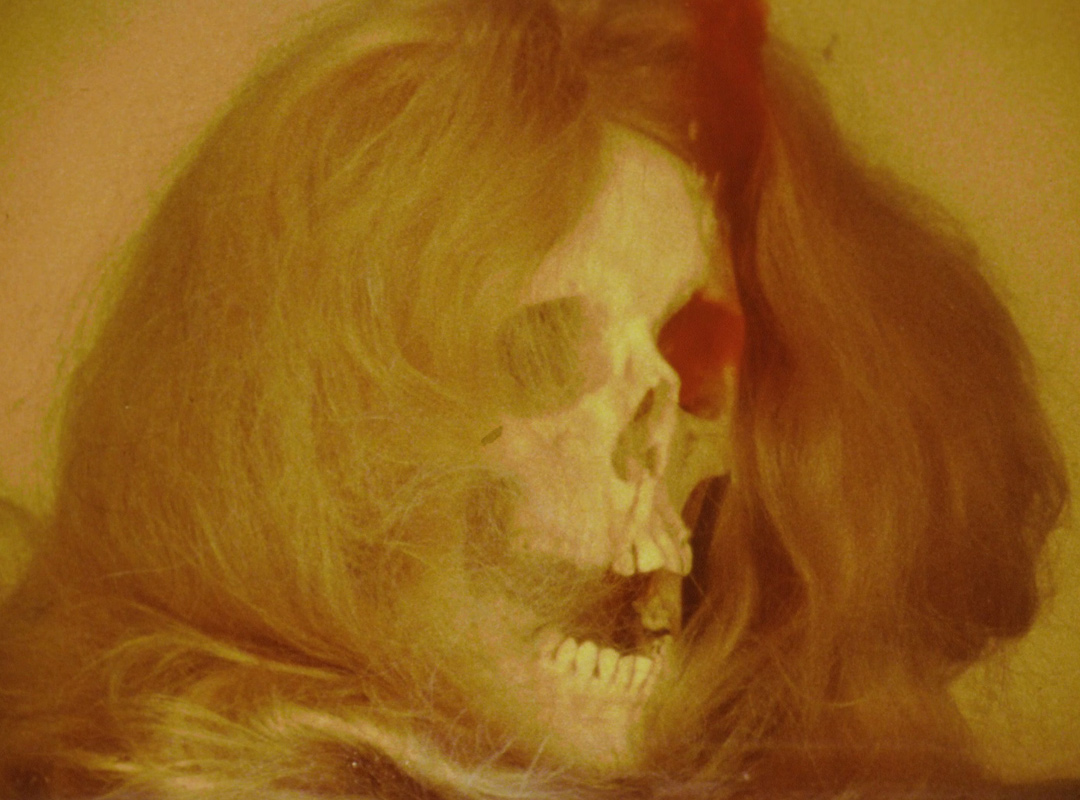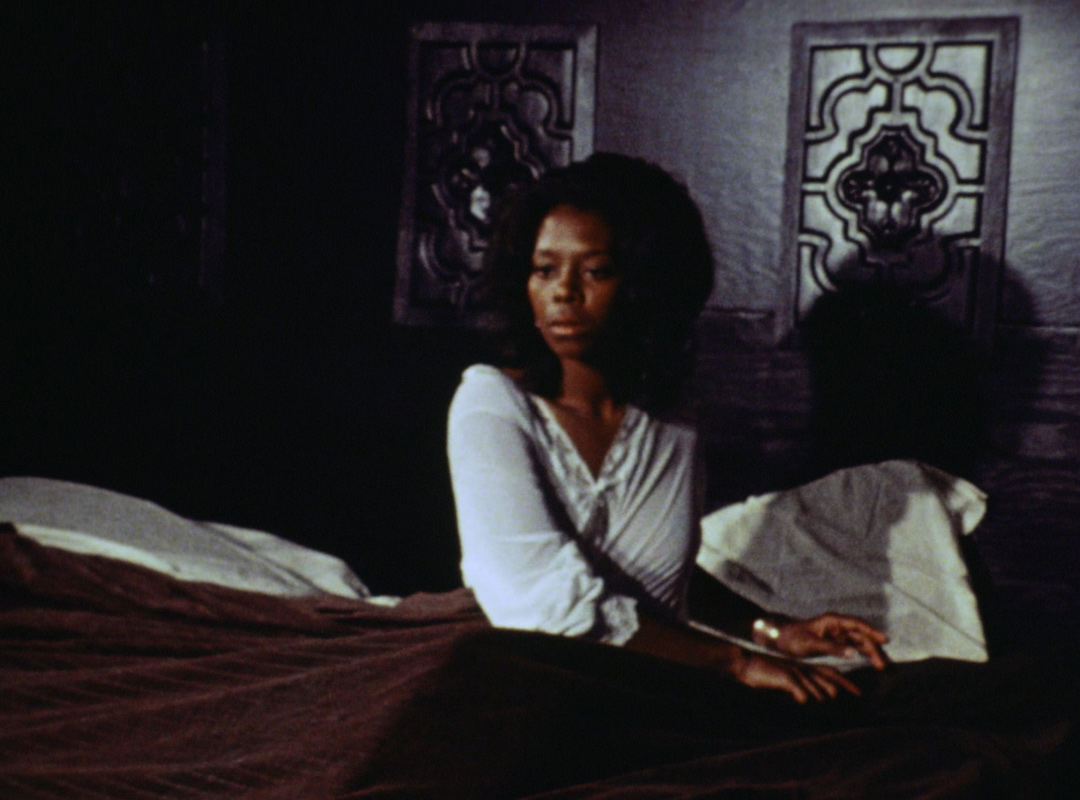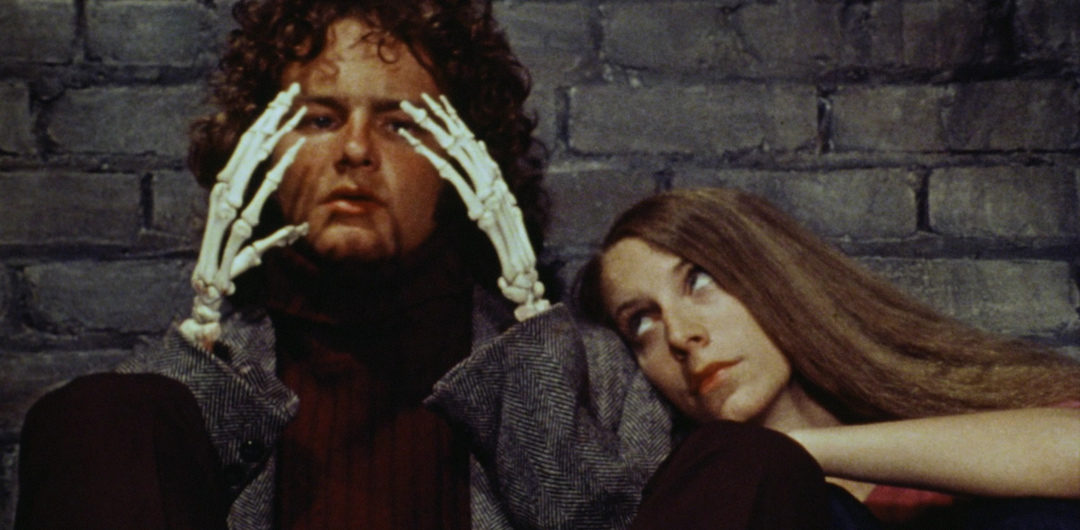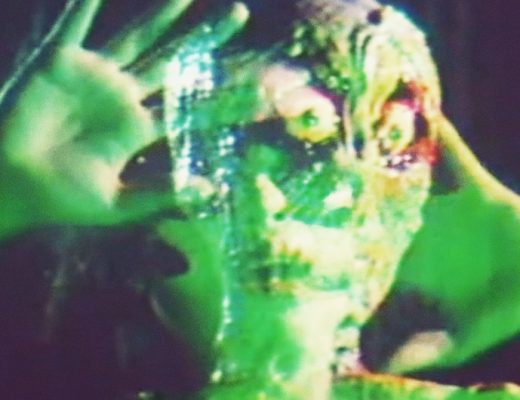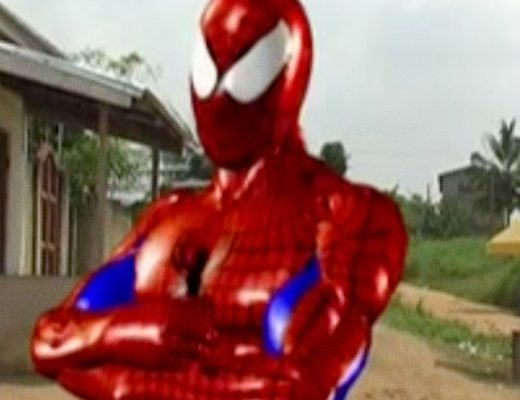Who needs Freddy Krueger when we have Death Bed: The Bed That Eats?
Deep within a forest, a cobblestone embankment houses an underground cave. Inside the cave lies Death Bed: The Bed That Eats. Hundreds of years ago, Death Bed was spawned by the tears of a satanic demon, tasked with enticing humans via telepathy into becoming its next meal. A sickly narrator, who was once ingested by Death Bed, is stuck behind a painting in the same cave. Over the course of one day (“Breakfast,” “Lunch,” “Dinner,” and “The Just Dessert,”), the audience plays fly-on-the-wall. Death Bed entices men and women with promises of sex. Death Bed emits piss-yellow soap suds as it chows down on victims. Death Bed guzzles a bottle of Pepto-Bismol. A brother searches for his sister. Will he understand the plight of Death Bed? Will you?
In 1972, a guy from the Detroit suburbs named George Barry decided to make a film. Completed in 1977, Death Bed was never released, and Mr. Barry’s sole output as a director was relegated to illegitimate European releases and muddy bootlegs for the next 25 years. Then, in the mid-00s, a legit DVD was finally released. And with that, a beautifully noxious trash treasure chest was cracked wide open, revealing an experimental art-fart nightmare that knows no equal.
For a $30,000 project, Death Bed is a major accomplishment in the annals of strange cinema. Imagine Roger Corman’s legendary Edgar Allan Poe adaptations, but laced with nitrous, barbiturates, and an inhuman experimental synthesizer score. Calling the film surreal is too easy. In fact, thanks to the crude, psyched-out techniques and coulda-been-a-great-urban-legend plot, Death Bed floats in the upper echelon of disconnected films that must be seen . . . just to be certain that they actually exist. The tone is folksy and dead serious, despite the obvious moments of facetiousness. So when you see Death Bed eat a bucket of fried chicken, replace a guy’s arms with plastic skeleton bones, and chew through a handful of medieval orgy practitioners, DO NOT LAUGH. The look is cheap, but completely appropriate — Death Bed’s chambers and the surrounding areas would never have the same effect if things were more fleshed out. Especially during the disorientating dream sequences.
So we’ve got this near-epic of dreamy, ludicrous cinema with a helluva hook. Does the concept wear thin? A little. People wander into Death Bed’s room and then a feast ensues, spiced up with the occasional flashback. This repeats a couple of times, without much variation. In turn, the content runs a tad short of fleshing out a full length feature. I asked myself if that really mattered.
It doesn’t.
